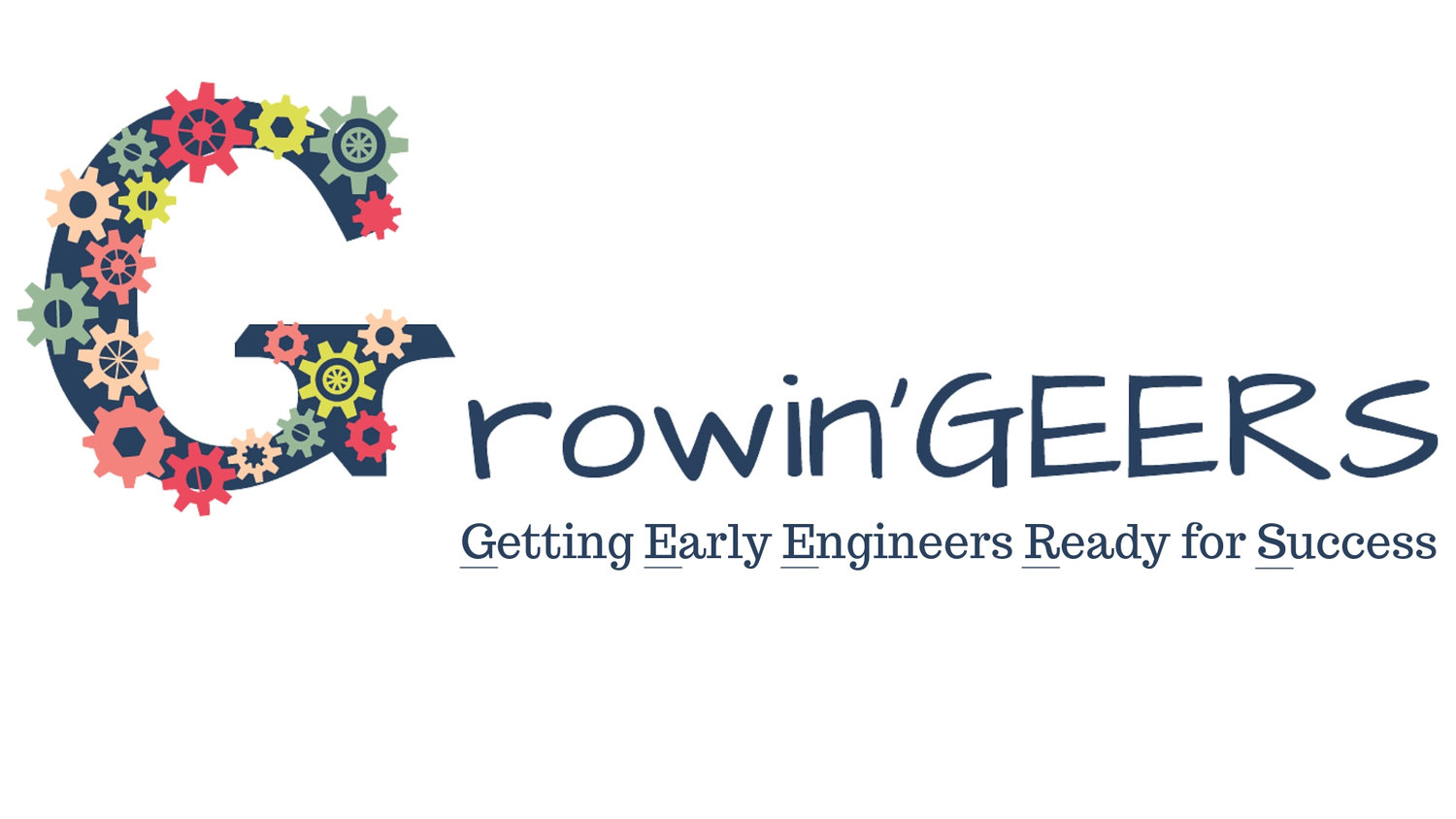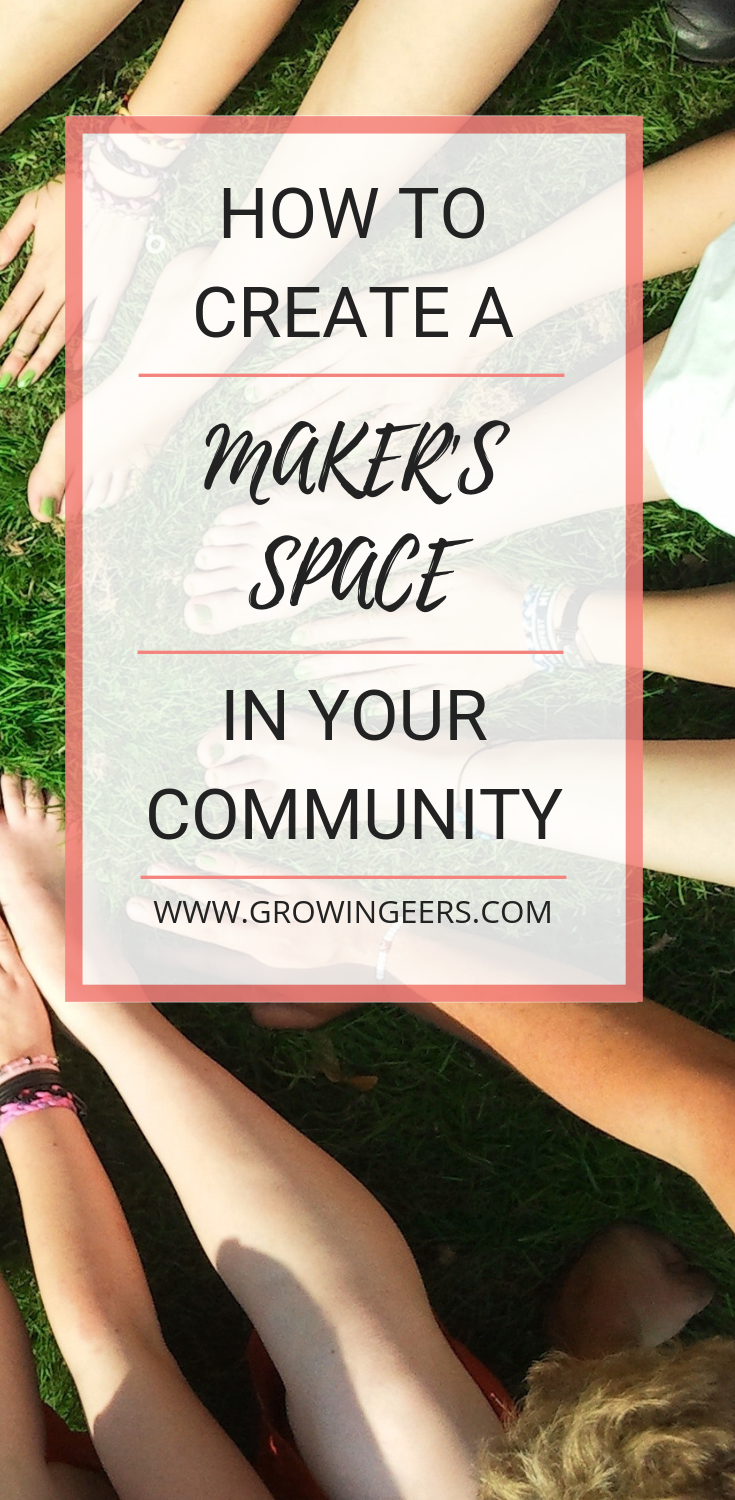Maker's spaces are all the rage. They give our youth a place to learn and explore while also forming a sense of community. Below are a couple quick tips on how to get one started in your local community!
What Is The Best Location?
Put it in a library. Libraries are changing in how they serve our communities and our schools. Libraries are a great location to build a space for innovation and creativity. Make sure you have a large open space. Tables and chairs are not necessary but can be added depending on the users of the space. Ideally, it would be great to have multiple computers within reach of your space which is another reason why a library is a great place to build your maker’s space.
What Do I Need?
Start simple! Take donations of tech or machinery that is no longer being used by members of the community. Ask parents or local companies to donate old tools and equipment. There is no donation that is too small to add value to your new space. Even non-traditional items such as sewing machines, VCRs, or lights can add value. You don’t need to have a brand new 3D printer to give students a space to be creative and to think outside of the box.
How Should I Regulate It?
The best thing about a maker’s space is that it can be whatever you want it to be. And even ocne you figure that out, it can take on a life of it’s own once it has started and can become bigger and better than you ever imagined. Growin’GEERS recommends limiting the rules at the beginning. Make it a place where students can come and create their own solutions and ideas. Make it a place where our young innovators can bring their act on their imagination.
If you feel you want to have a goal or a theme, add a white board with a weekly challenge for students to try and accomplish before the end of the week. Ask them to create a solution that can move something a certain distance. Start simple and make the challenges more complex as your students become more comfortable with working in the space!
How Do I Explain It To Others?
Introduce it to students as a place to be innovative. Encourage them to get their feet wet in engineering, and invite them to research concepts that they want to learn about and use this space to explore them with the materials they have. The best way to explain it to other parents is as a safe space for students to educate and challenge themselves outside of their traditional lessons. It is a new twist on education, and it is a great way to put our students in charge of what they create and what they learn when they spend time in this space. Over time, the results of what comes out of your maker’s space will speak for itself.
If you liked this post, please share it on Pinterest!


